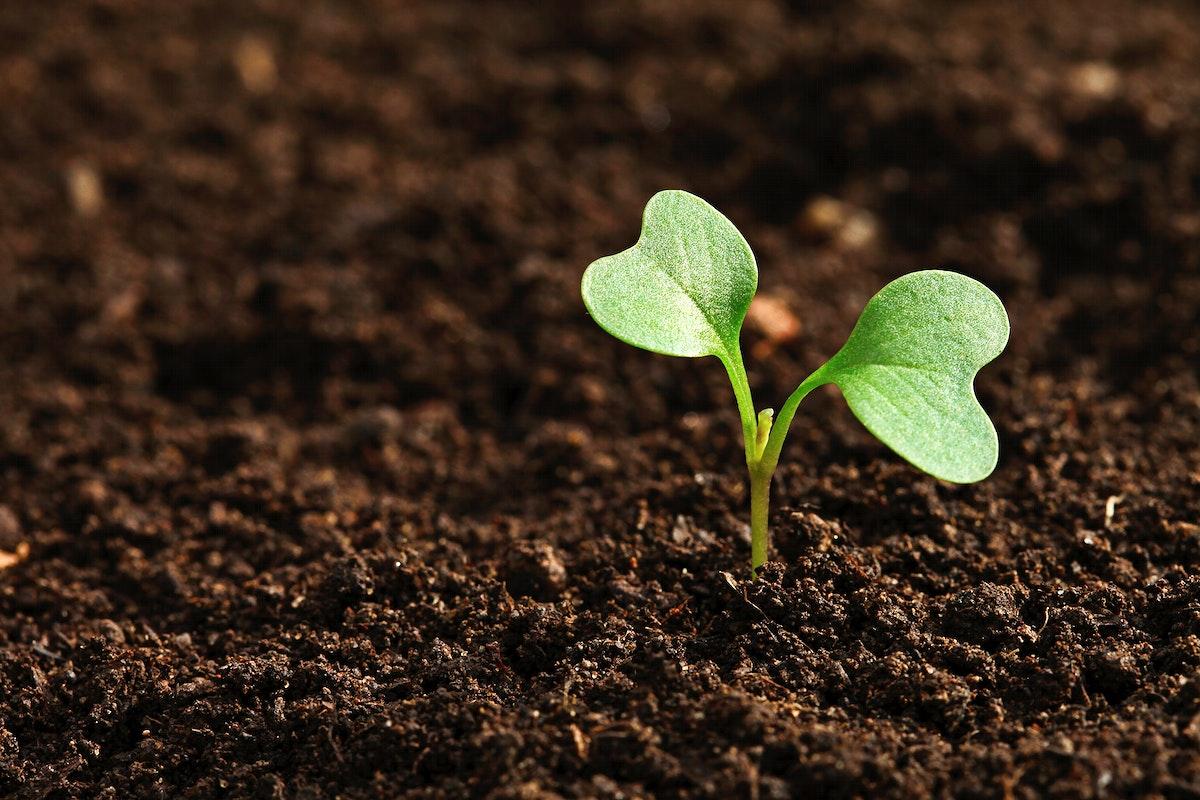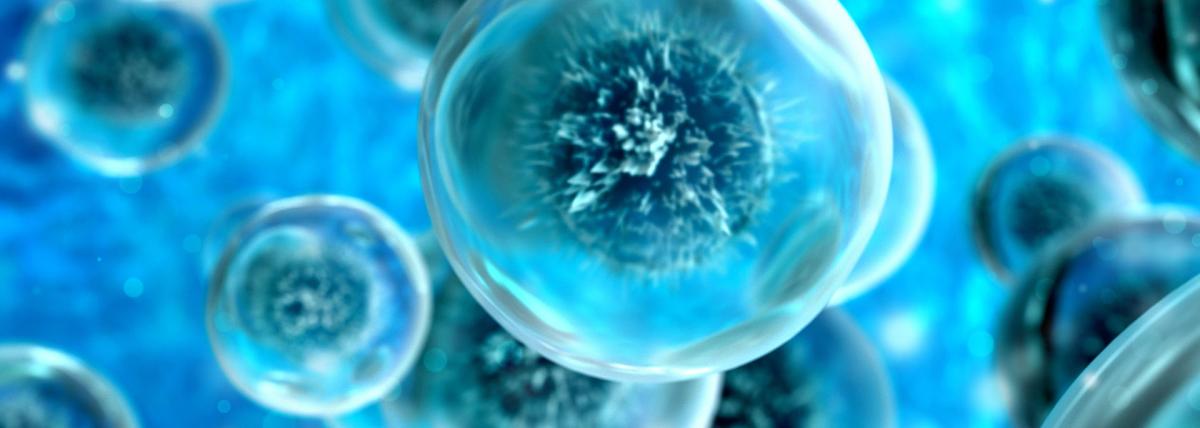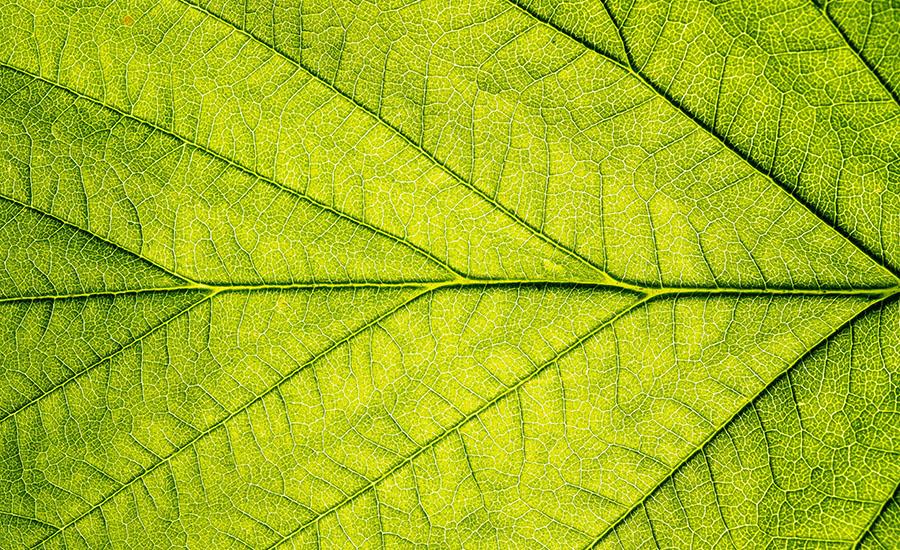
Introduction to Vermicomposting
by Lyndsay Ludden
This is an Agricultural STEM lesson designed for primary grades. It shows how worms break down organic matter (a banana peel). The students will measure and observe the decomposition overtime. They even get to name their own WORM! Enjoy!
Lesson Plan Link/URL
https://docs.google.com/presentation/d/1yDRZW-9cF52F1NcdcQC4LXVoqNX8qzHu/edit?u…
Featured
Off
Related Content

Grades:
6th Grade
Students explore the limiting factors of yeast over 2-3 days. The materials needed are yeast, sugar, water, ice, tea kettle, empty soda or water bottles, balloons, graduated cylinder, string, ruler

Grades:
6th Grade
To demonstrate their understanding of how energy is passed throughout an ecosystem and the symbiotic relationships of organisms within an ecosystem, students construct a food web marble run. This

Grades:
6th Grade, 7th Grade, 8th Grade
This is an 8-lesson unit that is designed to be used together to learn about the health and diversity of your local watershed by placing leaf packs into a water source (natural or man-made ponds